#embroidery history
Text
Here's another book recommendation for those interested in the cultural history of embroidery.
11 notes
·
View notes
Text

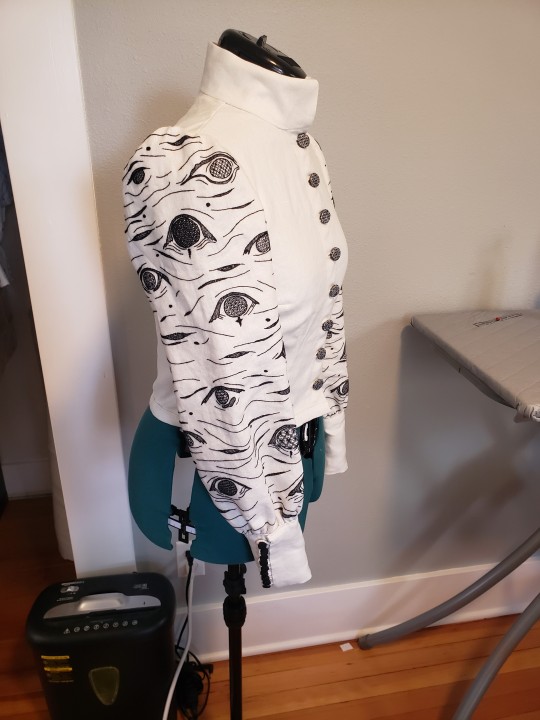
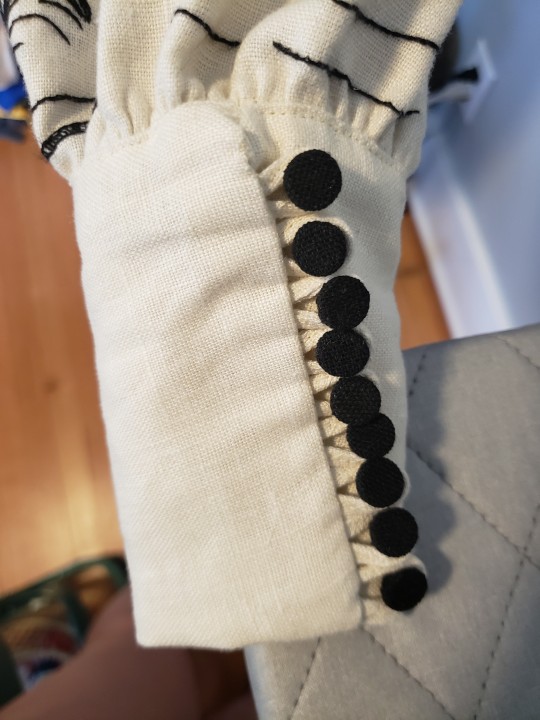

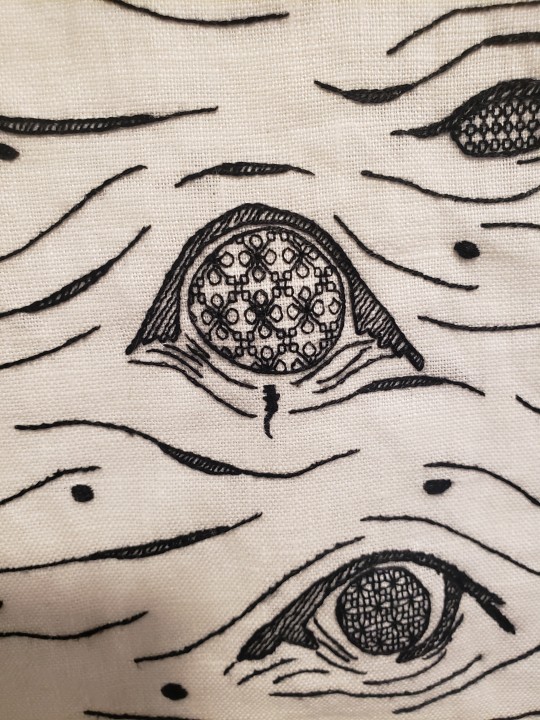
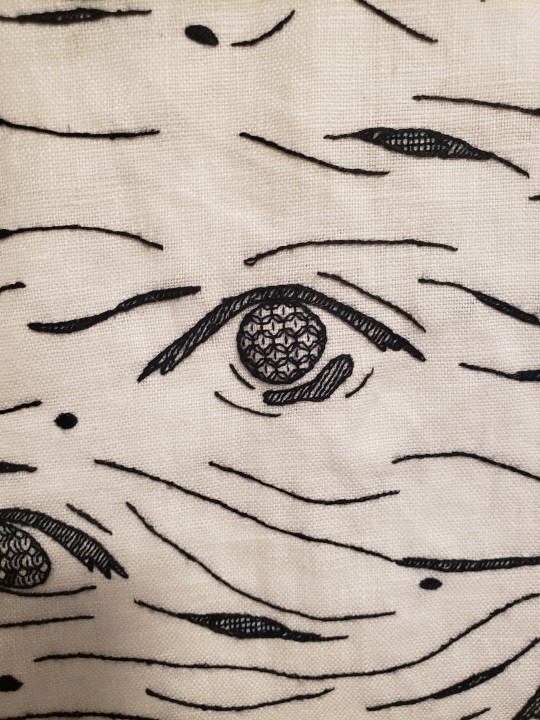


Hand embroidered, self drafted, birch tree inspired buttonup shirt.
#will reblog with process#hand embroidery#embroidery#blackwork#blackwork embroidery#sewing#sewblr#self drafted#history bounding#birch trees#fiber arts#crafting#my post#finished project
10K notes
·
View notes
Text
A SUPPORTING CAST OF GRIFFINS
Friend Craig posted a memory last week, and re-shared a chart he adapted from one of the Siebmacher modelbooks – from the 1611 edition.
It got me to thinking. Those heraldic style charted bands appear over many years, and in several iterations. It might be fun to see how they assorted over time. So I went hunting. I combed through my notes, the Internet Archive’s collection of modelbook images,…

View On WordPress
1 note
·
View note
Text
Embroidery by Kathrin Marchenko
#art#artist#artblr#embroidery#fallen angel#the fallen angel#baroque art#baroque#renaissance#renaissance art#dark academia#light academia#classic academia#classical art#art history#museum#aesthetic#artists#artists on tumblr#art community#art gallery#art blog#historical art
7K notes
·
View notes
Text
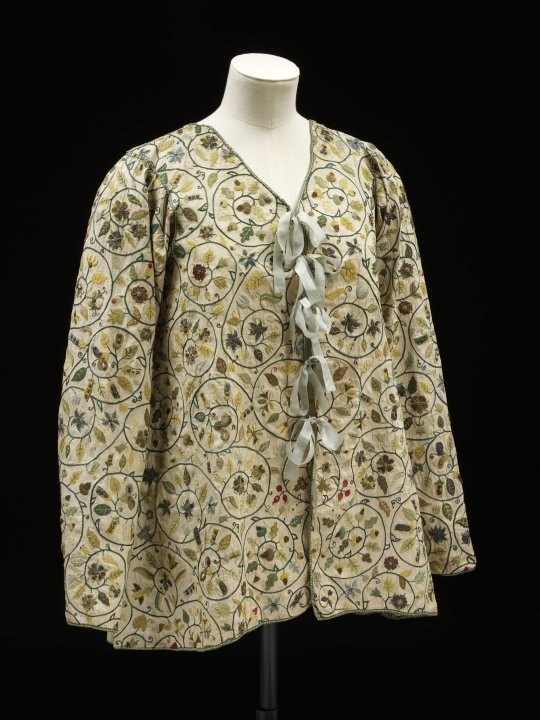
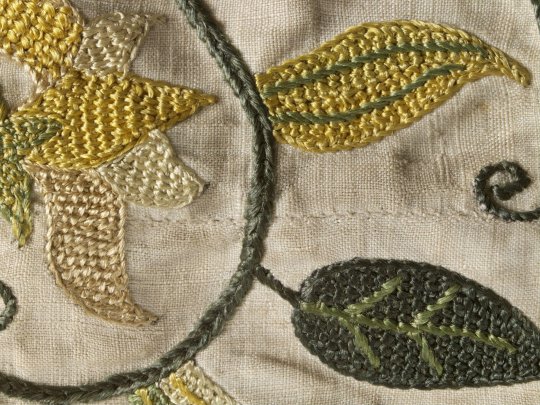
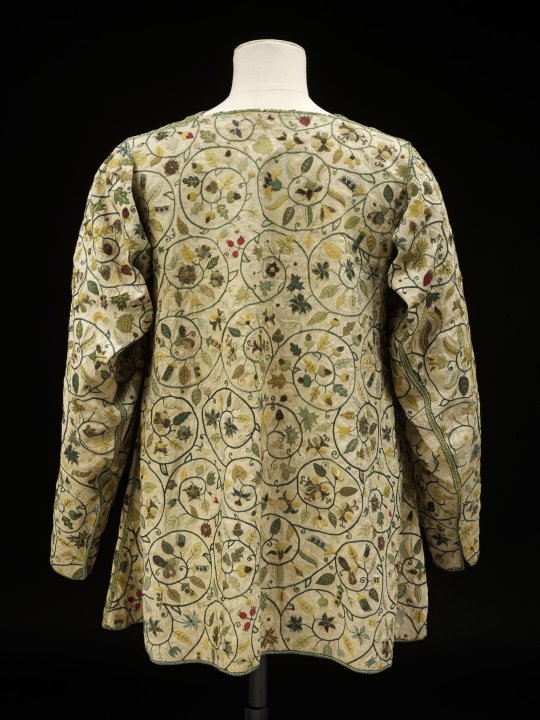
Jacket
1590-1630
Great Britain
This simple unlined jacket represents an informal style of clothing worn by women in the early 17th century. Unlike more fitted waistcoats, this loose, unshaped jacket may have been worn during pregnancy. A repeating pattern of curving scrolls covers the linen from which spring sweet peas, oak leaves, acorns, columbine, lilies, pansies, borage, hawthorn, strawberries and honeysuckle embroidered in coloured silks, silver and silver-gilt threads. The embroidery stitches include chain, stem, satin, dot and double-plait stitch, as well as knots and couching of the metal threads. Sleeves and sides are embroidered together with an insertion stitch in two shades of green instead of a conventionally sewn seam.
Although exquisitely worked, this jacket is crudely cut from a single layer of linen, indicating the work of a seamstress or embroiderer, someone without a tailor's training. It has no cuffs, collar or lining, and the sleeves are cut in one piece. The jacket was later altered to fit a thinner person. The sleeves were taken off, the armholes re-shaped, the sides cut down, and the sleeves set in again.
The Victoria & Albert Museum (Accession number: 919-1873)
#jacket#fashion history#historical fashion#17th century#1590s#1600s#1610s#1620s#elizabethan era#united kingdom#embroidery#16th century#v and a#love how they compliment the embroidery#and then roast the cutting lol
2K notes
·
View notes
Text
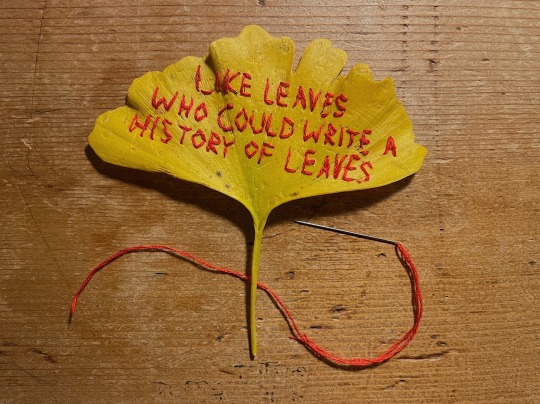
The wind blows their ghosts to the ground
line (loosely a translation of iliad 6.146-9) from memorial by alice oswald, embroidered onto a ginkgo leaf i found on the ground
#desk lamp lighting because it is dark and i Would take a photo tomorrow but i am Sure it will shrivel overnight#and it's in red for iliad book 3 reasons :-)#oh embroidery as somewhere in between the ideas of historical memory as presence and historical memory as a series of puncture wounds#we're really in it now!!!!!!#like leaves who could write a history of leaves#trees instead of gravestones#embroidery#alice oswald#iliad#beeps
4K notes
·
View notes
Text
Ok so i am late by like a month, i have been busy and STILL didn't finish my native jewish miku but fuck it here's indigenous, native israeli miku with a little of my touch and a small analysis:

The clothes:
The dress is double layered and based on biblical description i saw of the clothes ancient jews wore i added yellow hoops at the end of the dress to represent the color of our oppression- yellow belts under the muslim rule and yellow stars in the holocaust
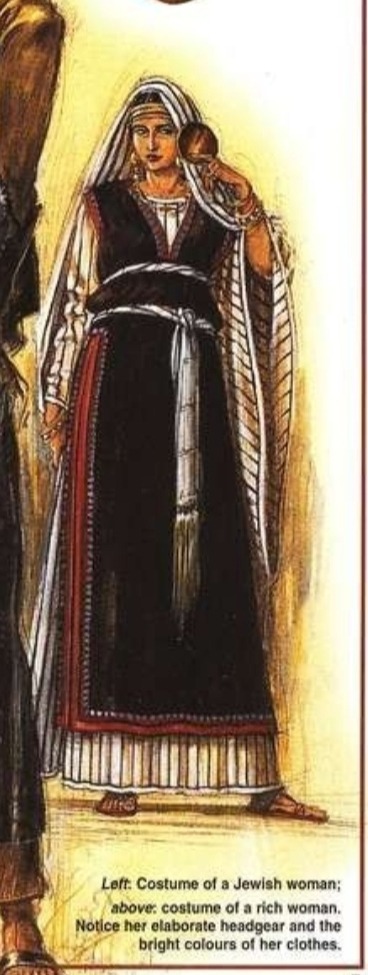
The embroidery:
The Rikma(embroidery) is a personal project i am working on for the past 3 months. The embroidery that WAS practiced on the land eventually was allowed only to muslims and arabs, jews in ottoman syria/palestine were so oppressed and poor they didn't have access to threads and around 1800's some rabbis discoraged jews being involved in arab activity, not only that the jews has completely disconnected themselves from most of the arab culture after the spread of zionism to the land as a form of building their own identity. And if there were jews involved in embroidery it is unknown bc all the photos i see are labeled as "palestinian woman" with no explanation if it is a christian, muslim or jewish.
My project consists of making patterns and motifs based on jewish history, symbols, traditions, land etc and i try to make it original, unique and as diverse from the tatreez as possible to avoid conflict. If any of you want i can explain in a different analysis on what each pattern represents.
The jewelry:
I genuinely suck at drawing gold and jewelry and tried my best to adorn her with as much jewelry as i can. The side piece(that can barely be seen) is also a pattern i came up with, i call it "amulet"
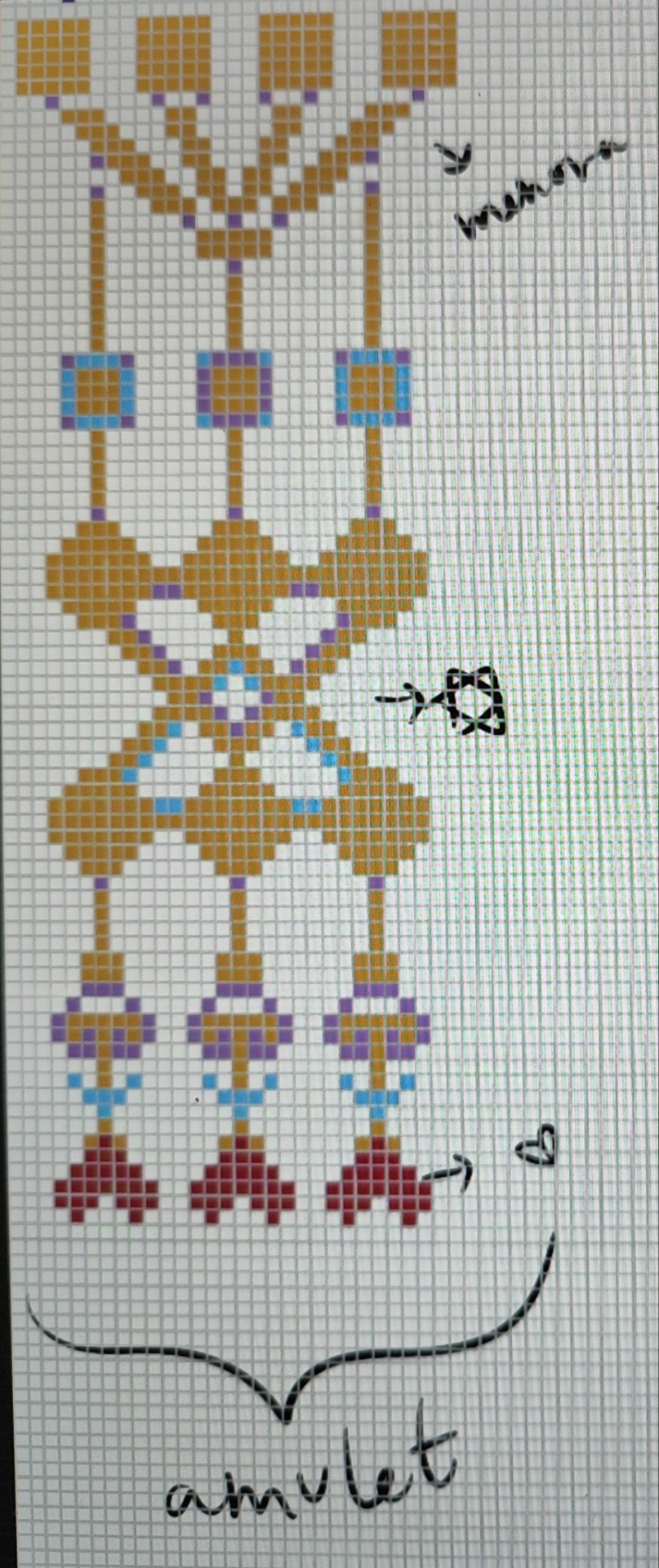
(ps. I forgot to make her a normal necklace, wanted to make it with a hamsa)
Henna:
Henna is still practiced by jews, mainly sefardic and mizrahi jews + ashkenazi jews who grow up and participate in mizrahi culture. The henna on the hands is based on patterns i saw some jewish artists made (on google unfortunately it didn't have names) which has the star of david on it and on the legs i made a mix of bukharan and yemeni jewish henna.
So here it is. A native, indigenous jewish/judean/israeli(te) miku. I tried my best✨
#miku hatsune#hatsune miku#artist on tumblr#israel#Ancient israel#Ancient judea#Judea#Jewish#jumbler#am israel hai#ישראבלר#jews#Jewish history#Jewish culture#Jewish embroidery#Rikma#Jewish symbols#Judaism#עם ישראל חי#מיקו#israeli miku#Jewish miku#Art#Procreate#טמבלר ישראלי#יהדות#jewish traditions#Indigenous#Native
493 notes
·
View notes
Text
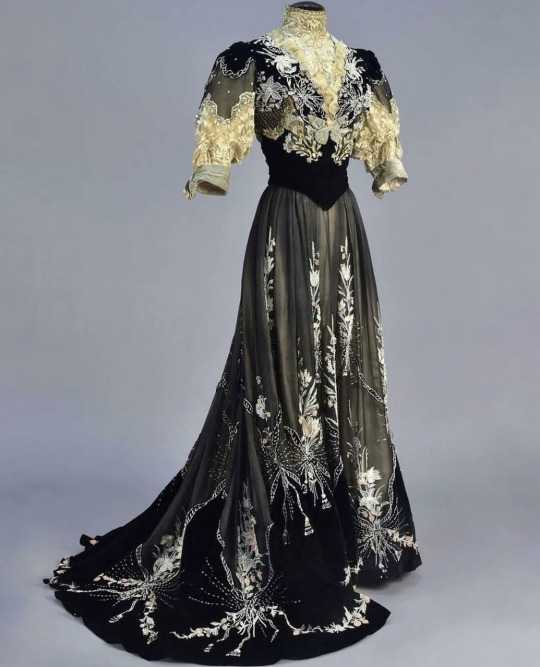

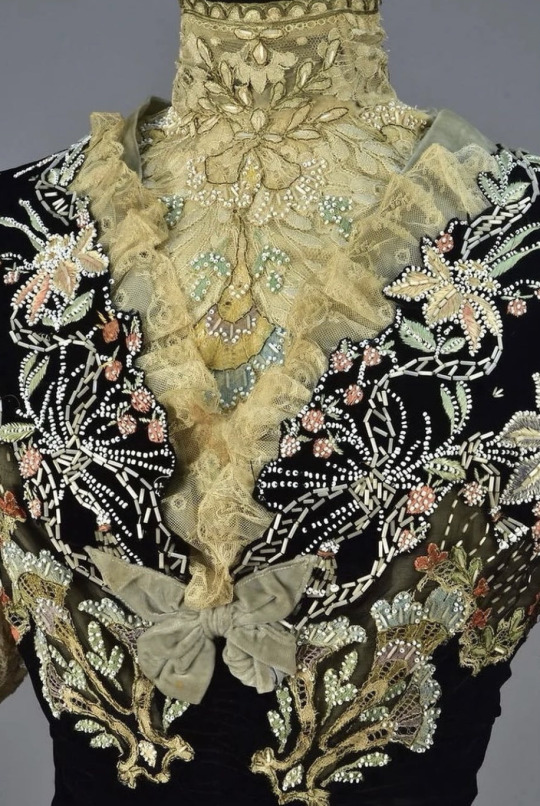
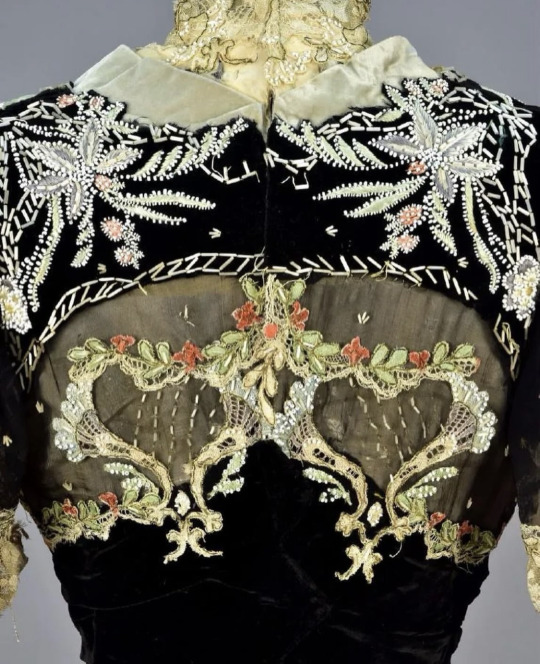
embroidered and beaded gown
c. 1907
Gustave Beer
Whitaker Auction
#edwardian gown#edwardian era#Edwardian#edwardian fashion#edwardian dress#1900s fashion#1907#historical fashion#fashion history#fashion detail#embroidery#history of fashion#dress history#couture#fashion#vintage couture#frostedmagnolias
1K notes
·
View notes
Text
I watched the new episodes of Bridgerton, and while I enjoyed them a lot more than I expected to (PENELOPE!!!), I was really, really annoyed with the scene where Eloise suffers through other ladies at a ball listing embroidery stitches.
(@marzipanandminutiae - you did a post on that stupid Edith-Ann fake sampler, didn't you? I went looking for it but couldn't find it. If you can get me the link, I'll add to the blog post!)
843 notes
·
View notes
Link
A book recommendation for your list for Santa. :)
9 notes
·
View notes
Text
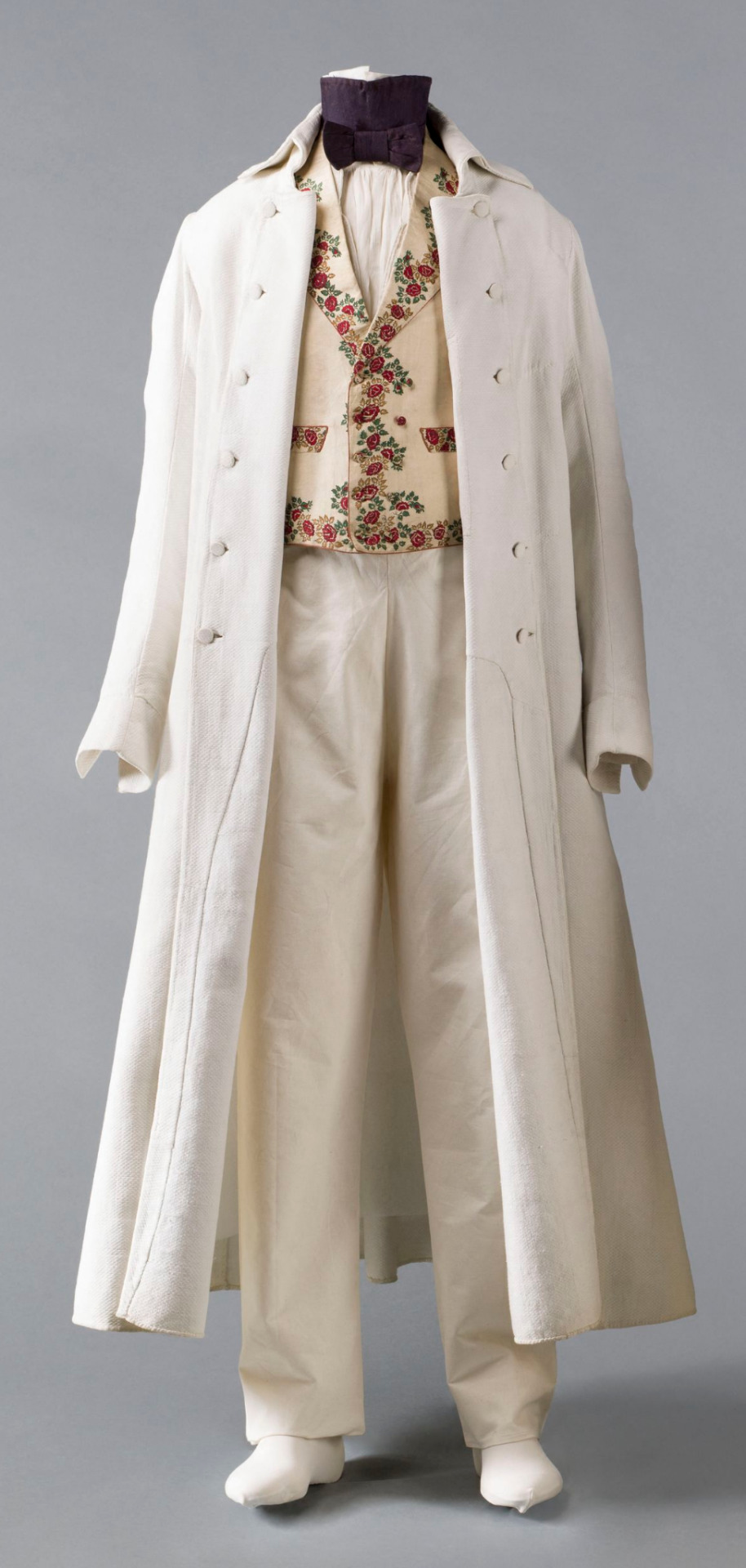

Redingote c. 1815-1825 in piqué de coton (Paris Musées).
Description and machine translation:
Redingote longue et croisée en piqué de coton blanc, col droit rabattu, 2 poches à revers boutonnés derrière et une poche intérieure gauche, fermé par 12 boutons, 2 petits boutons aux manches.
Long, double-breasted frock coat in white cotton piqué, straight turn-down collar, 2 buttoned cuffed pockets behind and one left inside pocket, closed with 12 buttons, 2 small buttons on the sleeves.
The Dictionary of Fashion History by Valerie Cumming describes piqué as a textile from the 19th century and later, "Usually a cotton fabric, woven with a raised rib, often in a diamond pattern, also in straight horizontal or vertical ribs."
#1810s#1820s#fashion history#dress history#regency#bourbon restoration#historical men's fashion#redingote#embroidery#francophones with an interest in fashion history feel free to offer corrections#why nothing about the waistcoat?#textiles#extant
874 notes
·
View notes
Text
THE UNSTITCHED COIF EXHIBIT

View On WordPress
0 notes
Text
Medieval Europeans regarded embroidery as an art, much as we today consider painting. It was considered a female task, and even chambermaids were expected to be competent in it. Yet it was a coveted line of work, as one early Irish law tract stated that "the woman who embroiders earns more profit even than queens." Embroiderers could find employment with professional clothing makers or in tapestry workshops.
By the thirteenth century, given that embroidery was held in high esteem and could bring in money, the field contained plenty of men as well. In England, over time women come up less frequently on the lists of embroiderers than men and more often in conjunction with a husband, even when their work was exceptional. In May 1317 "Rose, the wife of John de Bureford, citizen and merchant of London," sold "an embroidered cope for the choir" to the French queen Isabella (ca. 1295-1358), who gave it as a gift "to the Lord High Pontiff." Rose was clearly a very skilled artist, since she was commissioned by the queen, but was not skilled enough to be named as an artist in her own right. We don't know how many other working embroiderers were subsumed into their husbands' workshops with even their first names lost to us. Once a field became truly profitable, men nudged women out of it. It was all well and good to let ladies have fun with a needle and thread. But if there was cash to be made, men suddenly showed up front and center and excluded women from the role.
-Eleanor Janega, The Once and Future Sex: Going Medieval on Women’s Roles in Society
#eleanor janega#womens history#art history#embroidery#the more things change the more they stay the same#medieval history#men menning
1K notes
·
View notes
Text

Spanning Seven Centuries, ‘Judging a Book by its Cover’ Celebrates an Enduring Art
941 notes
·
View notes
Photo

Dressing Gown
1878-1879
United States
Peabody Essex Museum (Object Number: 133939)
#dressing gown#fashion history#historical fashion#1870s#gilded age#bustle era#1878#1879#19th century#united states#green#wool#silk#embroidery#floral#peabody essex museum#popular
8K notes
·
View notes
Text

Embroidered silk waistcoat, 1780s
From the John Bright Collection
314 notes
·
View notes